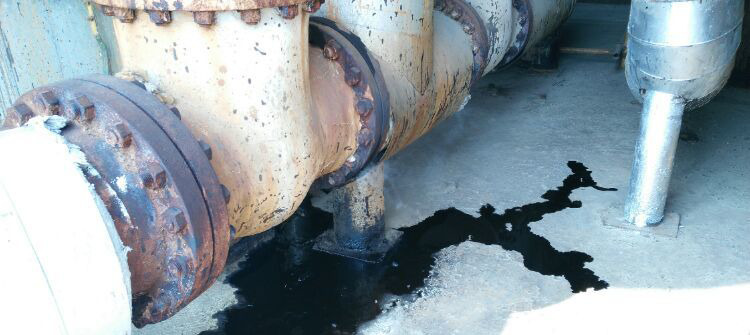Share this
Flange leakage is a common problem that can cause serious consequences such as system failure, energy waste, and environmental pollution. Here are some methods to solve the problem of flange leakage:
Replace the sealing gasket: Leakage is usually caused by damaged or aging sealing gaskets. Therefore, replacing the damaged or aging sealing gasket can solve the problem.
Tighten the bolts: If the flange leakage is caused by loose bolts, the problem can be solved by tightening the bolts. However, be careful not to overtighten the bolts, as this can damage the sealing gasket.
Replace the flange connection: If the flange leakage is severe and cannot be solved by replacing the sealing gasket or tightening the bolts, it may be necessary to replace the entire flange connection.
Use sealant: Before replacing the sealing gasket or temporarily solving the leakage problem, sealant can be used. Sealant can fill the gap between flanges and reduce leakage.
Improve the accuracy of the flange: If the flange leakage is caused by uneven or non-vertical flange surfaces, improving the accuracy of the flange can solve the problem.
Check the pipe connection: If the flange leakage is not caused by the flange itself, but by the unstable pipe connection, you can check whether there are any problems at the pipe connection, such as deformation or damage.
The above are some methods to solve the problem of flange leakage. Choosing the appropriate method depends on the cause and severity of the leakage. For large or high-pressure systems, it is best to ask professional technicians to solve the leakage problem to ensure safety and reliability.
For pipe fittings, please link: https://bekingpiping.com

